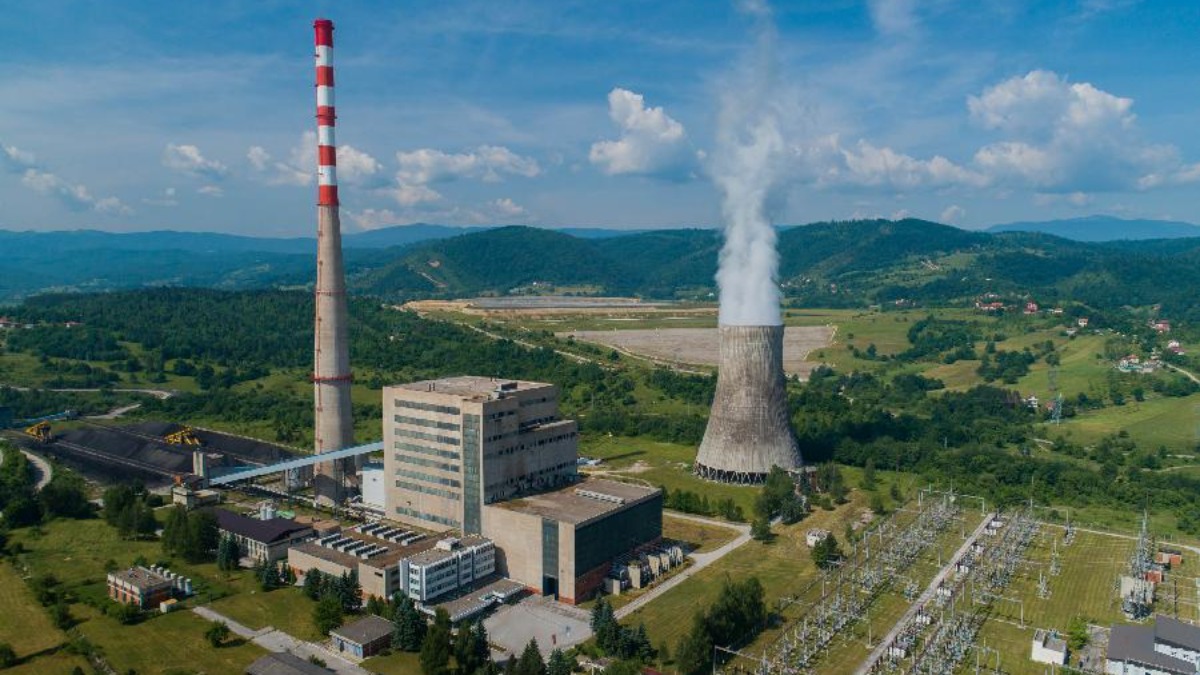Pljevlja Thermal Power Plant and the National Energy Climate Plan: Montenegro’s Energy Drama!
Montenegro stands at a crossroads of its energy future, and the Pljevlja Thermal Power Plant, a pillar of electricity stability for the last 40 years, is slowly shutting down according to the draft National Energy Climate Plan by 2041. Is this the end of an era or the beginning of chaos?
Pljevlja – Pillar or Burden?
The Pljevlja Thermal Power Plant has been the main source of stable electricity for decades, covering a significant part of domestic production, while hydroelectric plants like Perućica and Piva, although dominant with 85%, have unstable production. Although the production cost in Pljevlja is higher, their year-round operation allows for a competitive electricity price. But what is happening now?
Draft National Energy Climate Plan – The End of Pljevlja?
According to the draft, the Pljevlja Thermal Power Plant will be phased out by 2041, with working hours gradually decreasing. This plan depends on the success of a just transition and maintaining secure electricity supply. Elektroprivreda Crne Gore will rely on Pljevlja until it secures enough new renewable energy sources.
Ecological Reconstruction – Salvation or Just a Facade?
The ecological reconstruction of the power plant, worth tens of millions of euros, is scheduled for November this year. However, the goal is not to reduce greenhouse gas emissions but to meet prescribed emission standards to obtain ecological permits. Pljevlja is currently not operational, and its reconstruction is a condition for continued operation.
What if Pljevlja Stops Operating?
The document clearly states that Montenegro has no alternative energy source that could fill the gap created by the plant’s shutdown. If electricity from Pljevlja were replaced by imports, electricity prices would rise significantly, further burdening citizens’ living standards.
Social Justice and Economic Impact
The power plant is directly and indirectly linked to a large number of jobs and is a main driver of the economy in the northern part of the country. The Social Justice Action (ASP) actively monitors the public discussion on the draft plan and submits comments, emphasizing the importance of social aspects of the transition.
Public Discussion and the Future
The public discussion on the draft National Energy Climate Plan has been ongoing since early August. ASP has submitted numerous comments and suggestions on various legislative and strategic documents, showing active civil society engagement in the process.
Conclusion – Energy or Chaos?
Montenegro faces a tough choice: how to ensure secure, affordable, and environmentally friendly energy while closing the doors of a power plant that has been its pillar for decades. Will renewables truly replace Pljevlja by 2041, or are we heading for an energy crisis and expensive import bills?
If you have thoughts on this energy drama, or maybe a good joke about power plants, feel free to share in the comments – because, hey, who really likes paying higher electricity bills?












